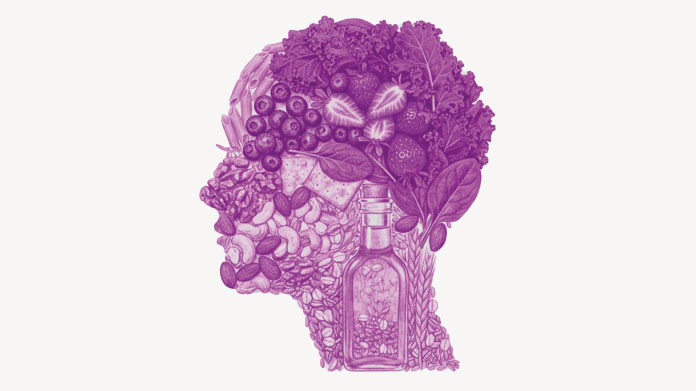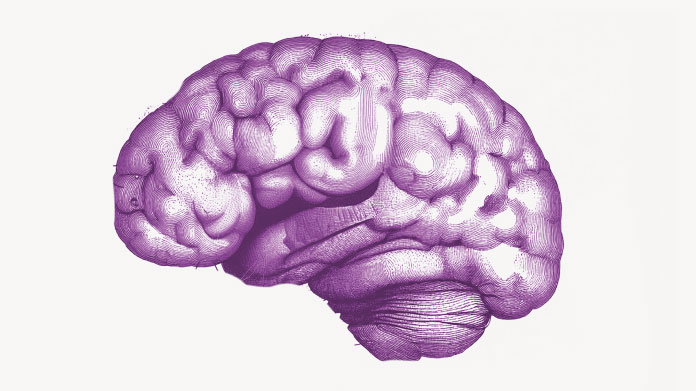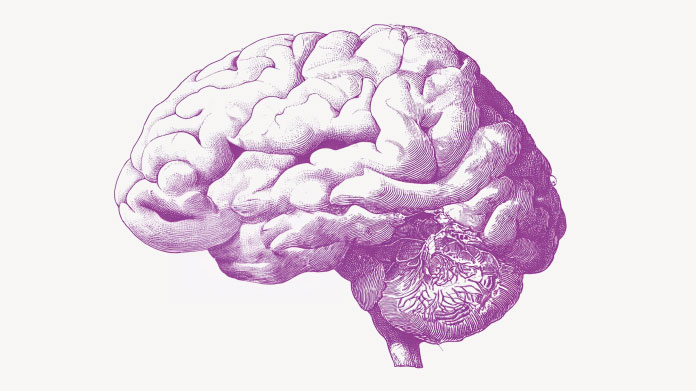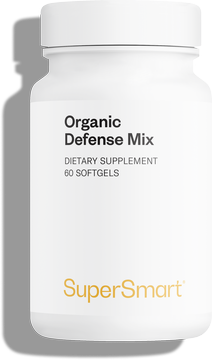Ginkgo biloba: the benefits of the oldest tree in the world
Ginkgo dates back some 270 million years, predating even flowers and dinosaurs, and has been used for more than 4000 years in Chinese medicine. Discover all that this multi-beneficial tree has to offer ...
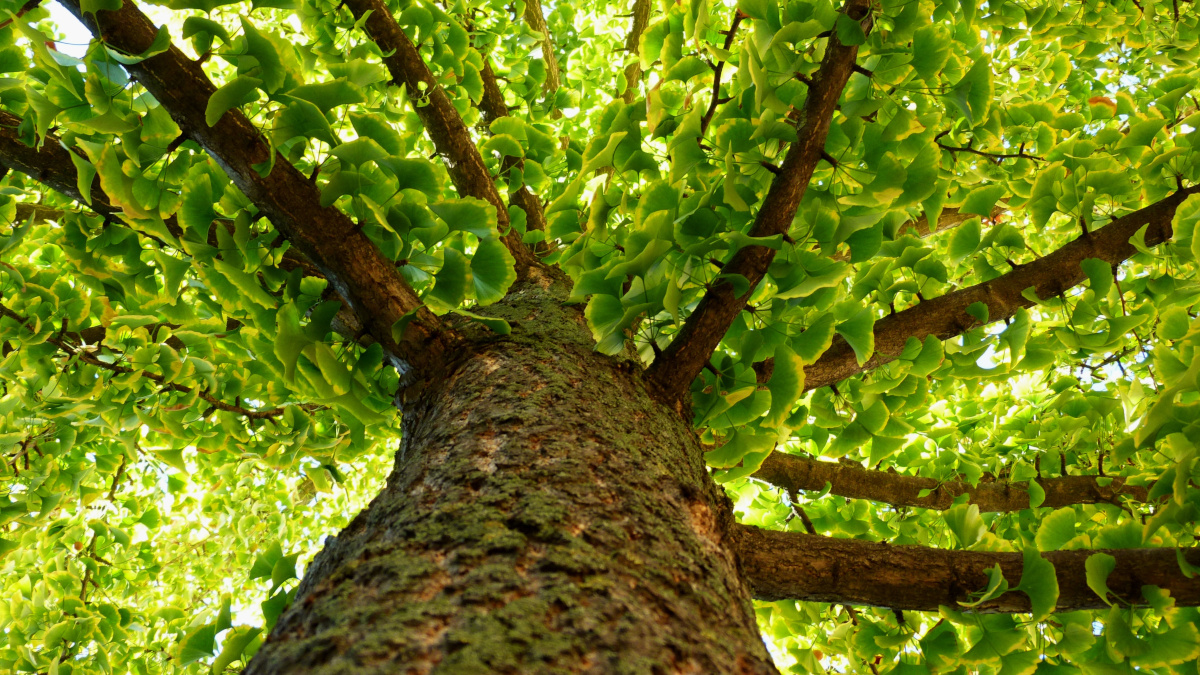
A sacred tree and ‘living fossil’, with a fascinating mode of reproduction
Also known as the ‘tree of the 40 shields’ or Silver Apricot tree, Ginkgo biloba is endlessly fascinating, not only for its ability to survive over millions of years but also for its unusual system of reproduction, especially as it predates the advent of flowers and other spermaphytes (seed plants) (1).
The stems of female ginkgo trees do not develop flowers and seeds but ovules, loaded with nutrient reserves, which fall to the ground and secrete a droplet of resin designed to capture a grain of pollen. Released by male ginkgo trees, this pollen is carried by the wind and attaches itself to the ovules, thus fertilising them and creating a new embryo.
Invincible, the ginkgo has survived the extinction of dinosaurs, Hiroshima...
What’s more, when the tree is around 100 years old, it develops protrusions which grow downwards and form stalactite-type nodules named chichi icho by the Japanese (2), meaning ‘ginkgo breasts’. Once they reach the ground, these growths take root, making the tree virtually immortal.
Existing since the dawn of time, Ginkgo biloba has no predators, and seems immune to both disease and destructive pests. It has outlived the dinosaurs and survived various Ice Ages. It is resistant to pollution, all forms of toxicity and even radiation. Ginkgo is the only tree to have survived the atomic bomb dropped on Hiroshima.
The oldest specimen of Ginkgo biloba, which is found in China, may be more than 3500 years old. Indeed, it is because of this longevity, testimony to the tree’s incredible ability to adapt to its environment and evolve to ensure its survival, that it has long been viewed as sacred in China and Japan.
Its age-old use in the traditional Chinese pharmacopoeia has led Western scientists to study its benefits. And there are many of them ...
The active principles in Ginkgo biloba
A number of studies have been conducted to identify the active principles in the leaves of ginkgo biloba, the sole part of the tree to have been used medicinally over millennia.
These studies have revealed that the important constituents of its leaves include terpene trilactones, ie, ginkgolide A, B, C, J and bilobalide, numerous flavonol glycosides, biflavones, proanthocyanidins, alkylphenols, simple phenolic acids, 6-hydroxykynurenic acid, 4-O-methylpyridoxine and polyprenols (3).
Ginkgo’s main benefits
Numerous studies suggest that these active principles have multiple positive effects, especially on circulation and microcirculation, and particularly in the brain.
More specifically,ginkgo extract may help to:
- support good circulation(4) ;
- maintain memory and improve cognitive ability (which is why we include it in our supplements Smart Pills and Neurex) (5) ;
- maintain good balance of the nervous system and good mental equilibrium (6) ;
- support peripheral circulation which is particularly important for the eyes and ears (hence its inclusion in our supplements Hear Loss Formula and OptiHear) (7) ;
- and protect cells from oxidative stress(8).
To ensure a good intake of ginkgo and thus benefit from its properties, we recommend taking our famous Ginkgo biloba supplement, which contains an extract ofGinkgo biloba with a high content of active principles.
Living fossil, symbol of longevity, sacred tree used for thousands of years, Ginkgo biloba clearly deserves a place in any supplementation regimen aimed at maintaining fitness and withstanding the ravages of time, particularly for its effects on microcirculation and cognition.
References
- B. Singh, P. Kaur, Gopichand, R.D. Singh, P.S. Ahuja, Biology and chemistry of Ginkgo biloba, in Fitoterapia, Elsevier, September 2008.
- K. Fujii, On the Nature and Origin of so-called “Chichi” (nipple) of Ginkgo biloba, L., Shokubutsugaku Zasshi, 1895, Volume 9, Issue 105, Pages 440-444, Released April 05, 2007, Online ISSN 2185-3835, Print ISSN 0006-808X
- Teris A van Beek, Chemical analysis of Ginkgo biloba leaves and extracts, Journal of Chromatography, Elsevier, August 2002
- https://eurekasante.vidal.fr/parapharmacie/phytotherapie-plantes/ginkgo-biloba.html
- Ahlemeyer, B., Krieglstein, J. Neuroprotective effects of Ginkgo biloba extract. CMLS, Cell. Mol. Life Sci. 60, 1779–1792 (2003). https://doi.org/10.1007/s00018-003-3080-1
- Reay JL, van Schaik P, Wilson CJ. A systematic review of research investigating the physiological and psychological effects of combining Ginkgo biloba and Panax ginseng into a single treatment in humans: Implications for research design and analysis. Brain Behav. 2019;9(3):e01217. doi:10.1002/brb3.1217
- Dubreuil C. (1988) Therapeutic Trial in Acute Cochlear Deafness. In: Fünfgeld E.W. (eds) Rökan. Springer, Berlin, Heidelberg. https://doi.org/10.1007/978-3-642-73686-5_26
- Droy-Lefaix MT. Effect of the antioxidant action of Ginkgo biloba extract (EGb 761) on aging and oxidative stress. Age (Omaha). 1997;20(3):141-149. doi:10.1007/s11357-997-0013-1
Keywords
5 Days
Great customer service - responsive …
I ordered from them and my item was unavailable for sometime. I was super happy when they reactivated my order and shipped my item which arrived very quickly. Great customer service.
Ruth Rueter
6 Days
Super fast shipping
Super fast shipping
Donald Borling
9 Days
Reputable companysearch and the number of…
The research and the number of selection of products.
NAKHJAVAN Shervin
22 Days
The Anti Aromatase is a great product
The Anti Aromatase is a great product. You just need to have constant inventory. Recently this product has been out of stock.
GEORGE Verne
24 Days
Great help on chat
Great help on chat. Knowledgeable and friendly.
Jason Argos
27 Days
Customer service was fast and friendly.
Customer service helped to stop the transaction process of the subscription. I appreciated that.
Greenie
27 Days
I order here due to the high quality of…
I order here due to the high quality of the products and the quick delivery of items - thank you
Barbara J
29 Days
SuperSmart's Eye Pressure supplements: highly recommended!
I purchase SuperSmart's Eye Pressure supplements regularly for over 5 years, and gotta say they are truly a wonderful product for my Glaucoma. Highly recommended if you have eye pain from your Glaucoma.
D. Martinez
33 Days
Quick service
Quick service
MONELL
34 Days
Speedy service.
Speedy service.
ROSENTHAL Marvin
38 Days
Clear website- Efficient
Clear website. Excellent search engine and fast delivery!
Mohamad Hussein
40 Days
They have great products.
They have great products.
Vickie
40 Days
Great Shipping Time!
You Have A Great Shipping Time! Praise The Lord!
DMHoge
42 Days
Doctor Recommended!
Good pricing, very good availability, doctor recommended (couldn't find what I needed anywhere else), and it took only a week to arrive (which I can't complain about).
Al
43 Days
Great product and fast shipping
Great product and fast shipping
Marie

